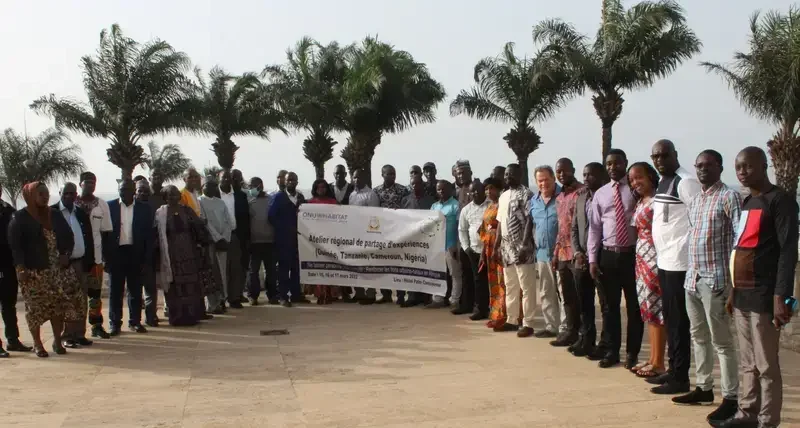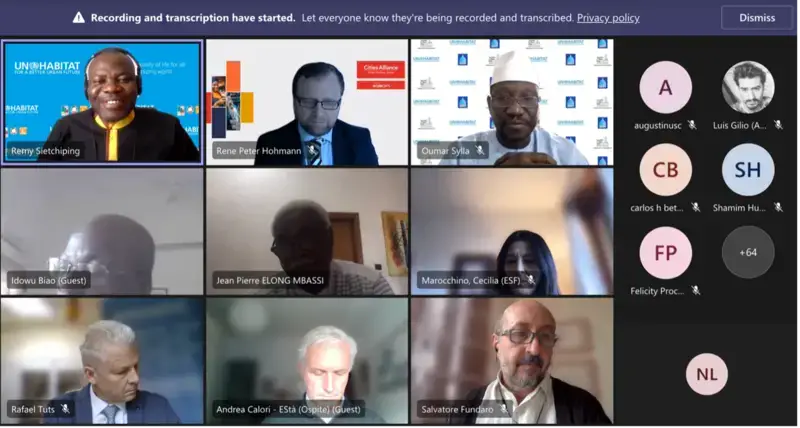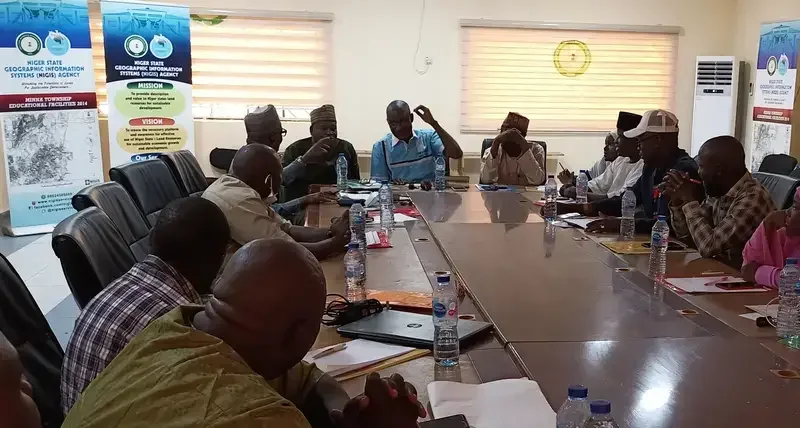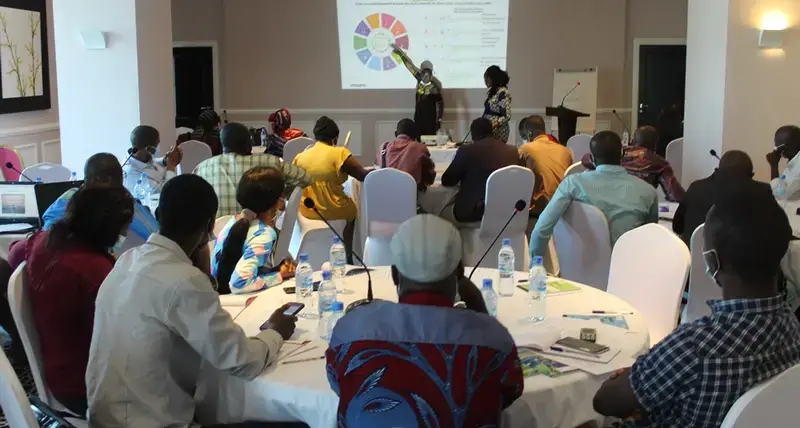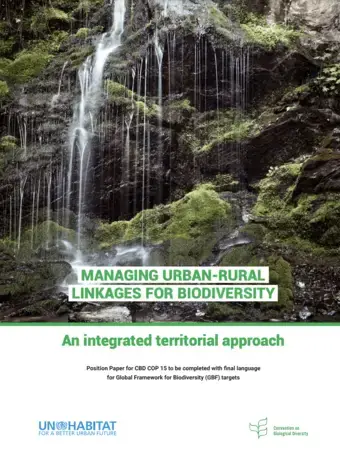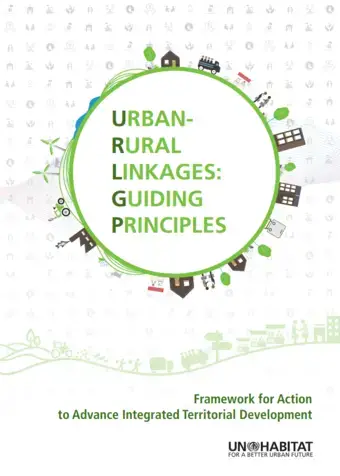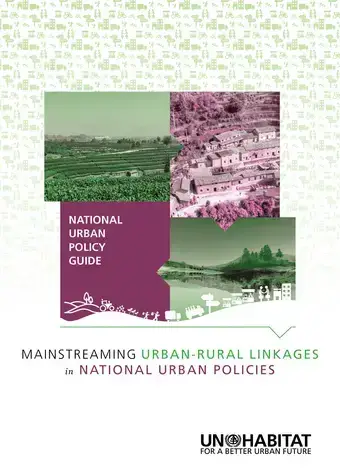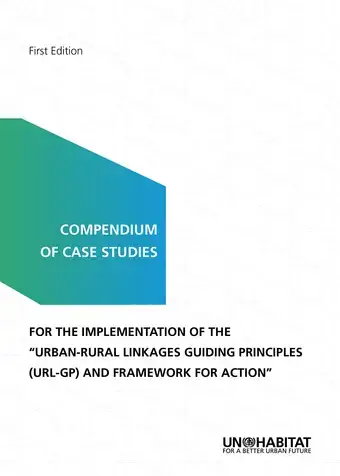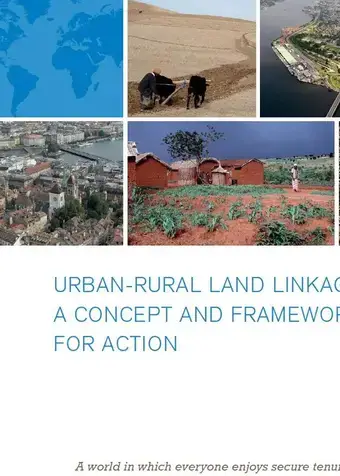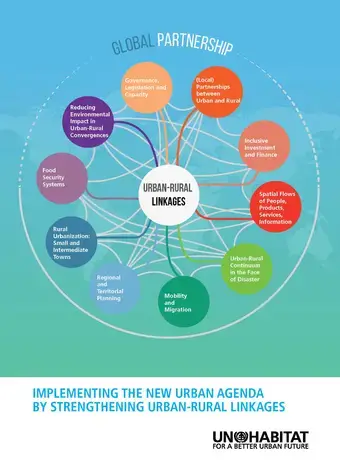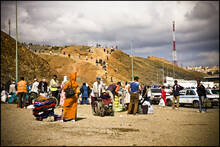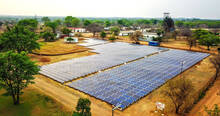What are urban-rural linkages about?
Urban-Rural Linkages touch on a broad variety of thematic areas ranging from urban and territorial planning, strengthening small and intermediate towns, from enabling spatial flows of people, products, services and information to fostering food security systems as well as touching mobility and migration, reducing the environmental impact in urban-rural convergences, developing legislation and governance structures and promoting inclusive financial investments among others. Fostering Partnerships – between urban and rural actors and areas at the local level are crucial for a transformative agenda. But also global partnerships for an integrated territorial development are crucial for transforming towards sustainable and resilient societies. Through shared principles these levels of transformation can be better aligned.
Why is it important to link urban and rural areas?
While the world, and especially Africa, is rapidly urbanizing, the development gap between rural and urban areas tends to increase. Urbanization has been widely acknowledged for its transformative power, but even though urban and rural areas depend on each other, rural areas often lag behind and worldwide, 85 per cent of the poor still live in rural areas. In both the 2030 Agenda for Sustainable Development (SDGs)1 and the New Urban Agenda (NUA)2, United Nations Member States agreed to policies that support integrated urban and territorial planning and development. They called for new, inclusive approaches and enhanced synergies between urban and rural communities and spaces – an essential component of the vision of Agenda 2030 to “leave no one behind”.
Urban-Rural Linkages: Guiding Principles and Framework for Action
UN-Habitat initiated and convened the process to develop “Urban-Rural Linkages: Guiding Principles and framework for Action” with over 130 actors ranging from experts working in the field of urban, rural, and territorial development, representatives of national and sub-national governments, development partners, think tanks, academia, and intergovernmental organizations. The Urban-Rural Linkages: Guiding Principles and framework of actions are based on the premise that urban and rural areas should not be treated as separate entities when development plans, policies and strategies are made. Rather, the aim is to harness the potential that their combined synergy generates, so that everyone benefits from the circular flow along the urban-rural continuum.
The goal of these Guiding Principles is to inform pragmatic strategies and propose a Framework for Action to build an enabling environment for more inclusive and functional urban-rural linkages. The principles are flexible and can be applied by all levels of stakeholders at all scales. While the principles are designed for universal application, there are distinct roles and actions appropriate for national or local governments, civil society, the private sector and international organizations.
Please find below the Urban-Rural Linkages: Guiding Principles to Advance Integrated Territorial Development publication in English, French, Spanish, Arabic, Chinese and Portuguese that was launched in May 2019 during the UN-Habitat Assembly.
UN-Habitat’s work on Urban-Rural Linkages
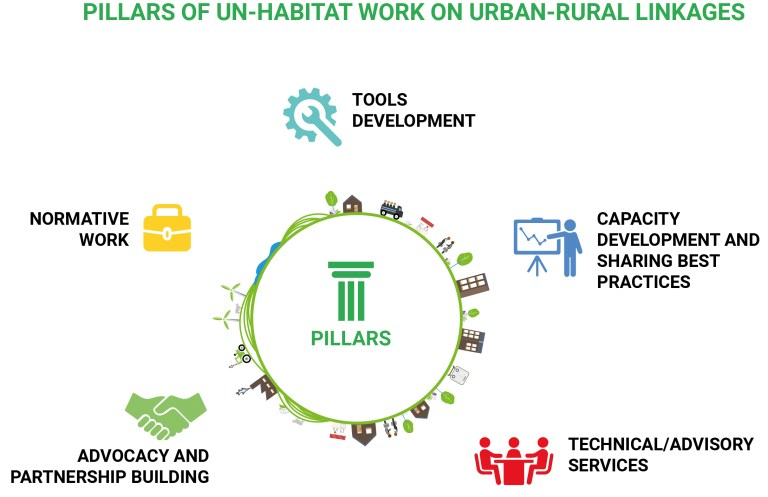
Advocacy
- First International Forum on Urban-Rural Linkages (IFURL 2019) – IFURL is one of the key activities of UN-Habitat’s Urban-Rural Linkages programme which includes, capturing, analysing and promoting the inspiring practices implemented in different territories around the world. The purposes of the Forum are to thoroughly analyse and capture the unconventional and inspiring practices implemented across the urban-rural continuum, and to better understand how such innovative interventions have contributed to revitalizing rural areas through empowering local people. Third International Forum on Urban Rural Linkages|Second International Forum on Urban-Rural Linkages (IFURL 2021) |First International Forum on Urban-Rural Linkages (IFURL 2019)
- URL Webinar series – In light of COVID-19 pandemic, the UN-Habitat Urban-Rural Linkages project aims to exchange information and learn from the efforts of different actors to overcome this crisis and enhance post-crisis recovery actions by bringing a focus to urban-rural linkages and integrated territorial approaches. For this purpose, UN-Habitat is hosting the webinar series, Urban-Rural Linkages in the time of COVID-19.
Projects
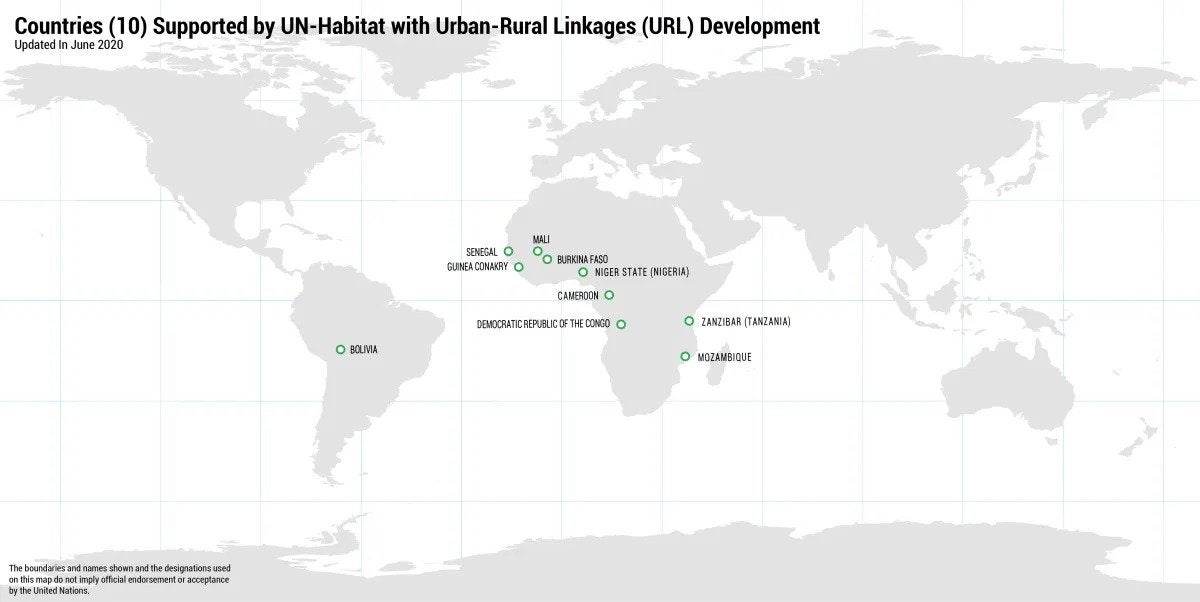
Impact
Highlighted Publications
Featured Videos
Donors and partners
UN-Habitat is currently working with partners including UN Agencies, international organizations, academia, governments, and civil society, among others. Partners’ work feeds directly into the URL program work in a variety of ways, from developing normative products, training and capacity development, technical services and projects to advocacy through organizing joint events etc. The iterative, interactive process of working with partners became more intensified in 2020 during the COVID-19 pandemic. With the entire world reeling from the economic, social and environmental impacts of the crisis, a live “action learning” process evolved, especially in the context of co-organizing online webinars to exchange and learn from the responses across the world by cities, regions, grassroots groups and international organizations.

